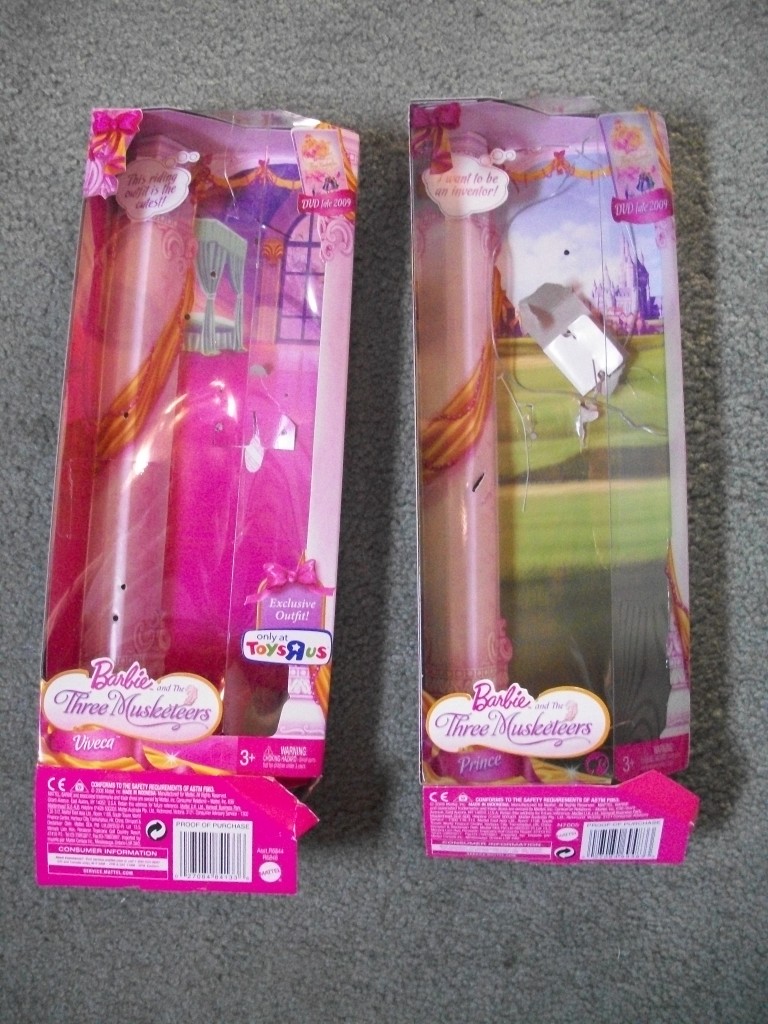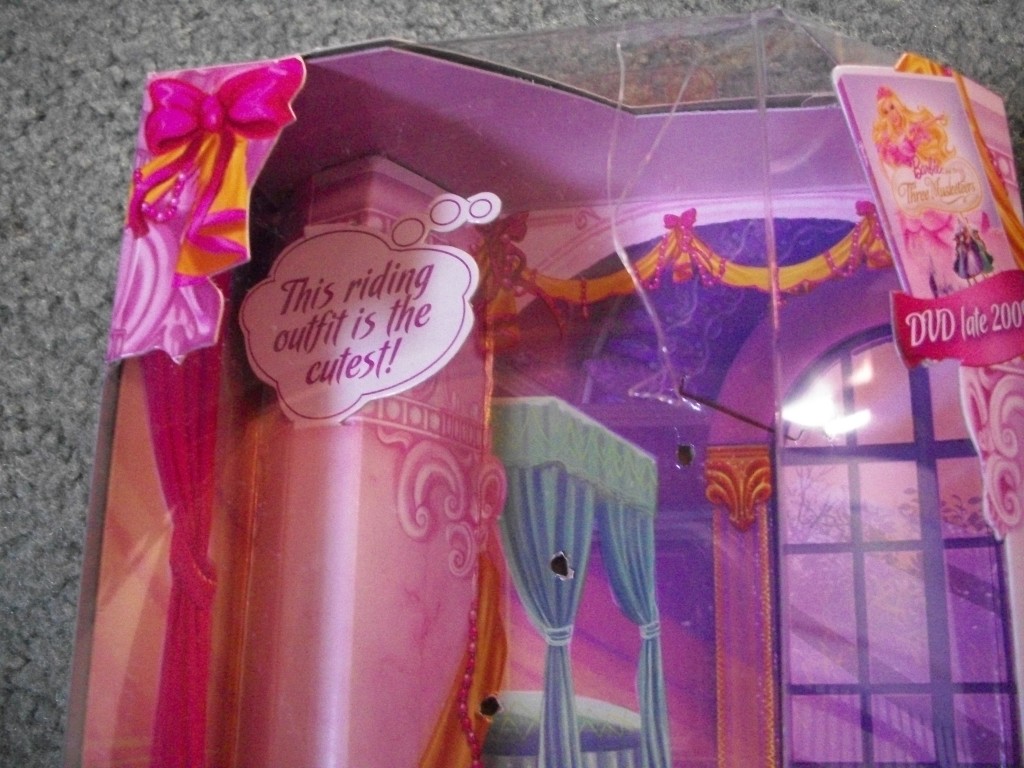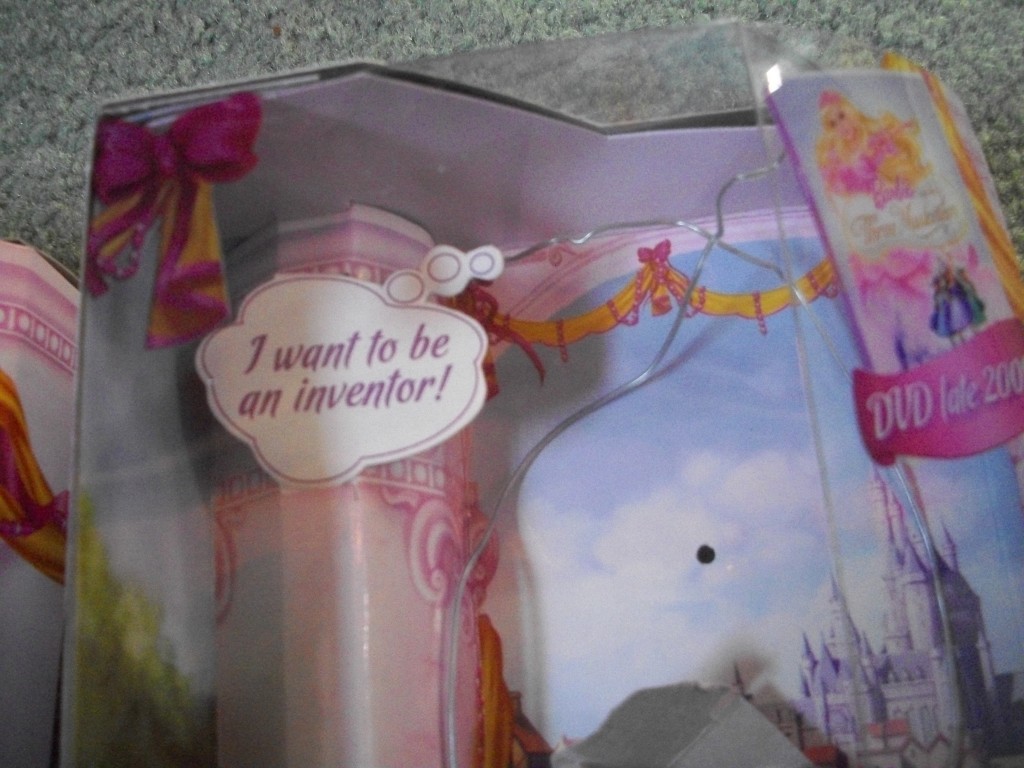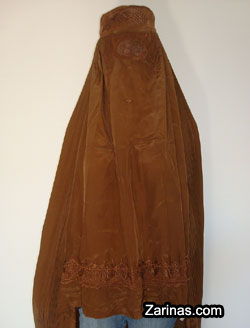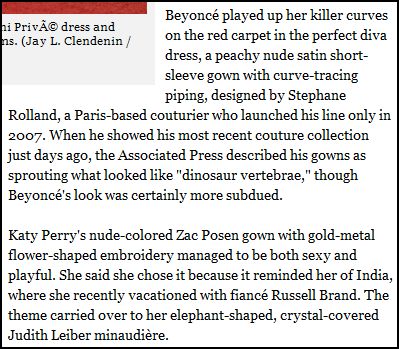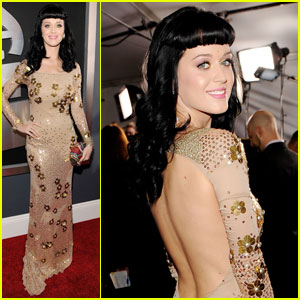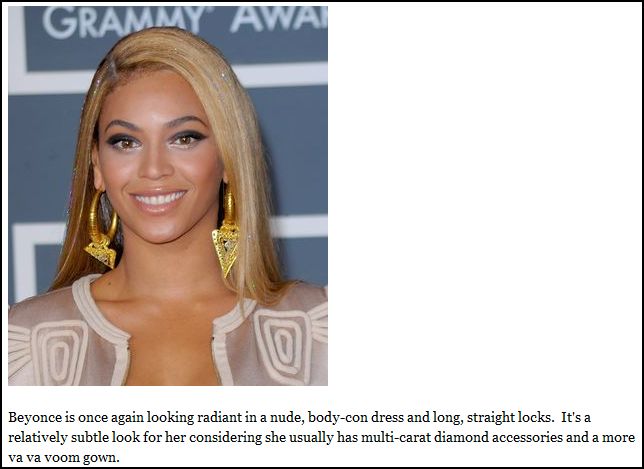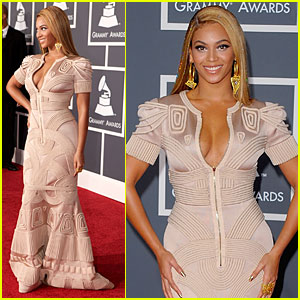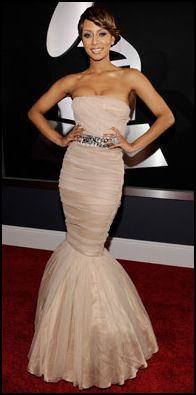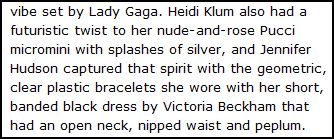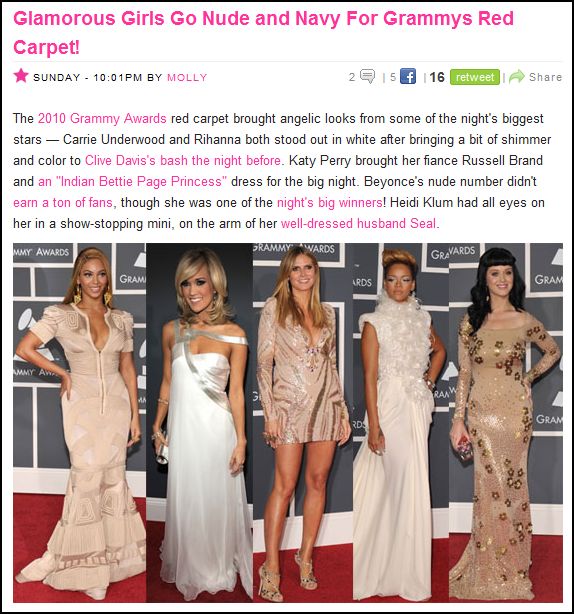Victoria A. sent along this ad for Cafe Press:

Okay, okay, I know it’s just Cafe Press and anyone can make anything on Cafe Press and, heck, these undies probably come in both variations… but even so!
I mean really! Can we just think a second before we make an ad that includes a pair of men’s underwear that say “Loved by…” and a pair of women’s that say “Property of…”? I mean, can we just NOT do that when women actually are the legal property of men in some places and were at one point in history in many?
It’s not a joke. Women who, by virtue of being owned by someone, could not own property themselves; could not vote or enter into contracts; women whose children were taken away if they separated; who, when raped, deserved no compensation because she belonged to a man who, not incidentally, DID deserve compensation because his property had been tarnished. Can we, like, just not make this ad quite this way? Please?
Lisa Wade, PhD is an Associate Professor at Tulane University. She is the author of American Hookup, a book about college sexual culture; a textbook about gender; and a forthcoming introductory text: Terrible Magnificent Sociology. You can follow her on Twitter and Instagram.

